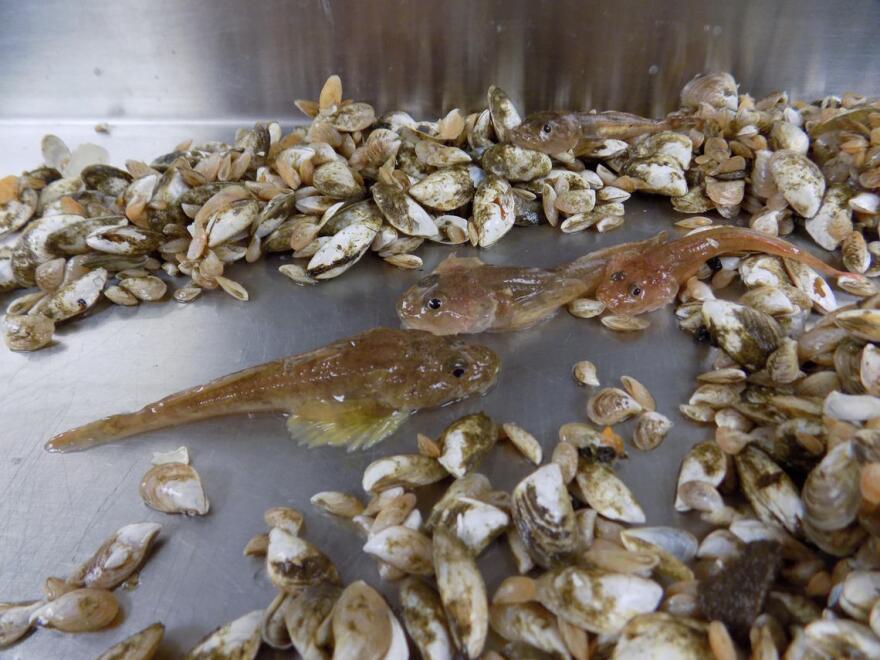Fisheries biologist David Jude has been studying a small prey fish called the deepwater sculpin for decades. And for years, there's been one question he couldn't stop thinking about.
“I’ve always had this passion about trying to figure out where deepwater sculpin spawn because no one has ever documented it,” Jude said.
It wasn't until just a few weeks ago that he finally got the answers he was looking for—600 feet underwater in the Grand Traverse Bay.
Invasive species pose a big threat to the ecosystems of the Great Lakes, and identifying the nests of native fish is critical in understanding how their life cycle is affected by those invaders. John Janssen, a researcher from the School of Freshwater Sciences at the University of Wisconsin-Milwaukee, has also been studying these invasive species’ effects on native wildlife in the lakes.
Take, for example, the round goby. It’s an invasive species that arrived in the 1990s from the Black and Caspian Seas. Janssen says scientists hypothesized that the gobies attack the sculpins’ nests, and, subsequently, reduce their population size.
“And so the obvious thing was, well, how do deepwater sculpin spawn? And will there be a problem with round gobies attacking their nests, too?” Jude said.

So, why did it take so long to find the deepwater sculpins’ nests?
Jude said there were a few reasons. Deepwater sculpin reproduce in the winter, which makes it difficult for boats to navigate the water. Sculpins also reproduce at much deeper levels than Jude initially thought.
“So, it's a combination of depth and winter that makes it hard to figure out exactly how this fish is spawning,” Jude said.
Jude was able to identify the sculpins’ nests with the help of a a remotely operated underwater vehicle (ROV). Trawling, which involves pulling a net through the water to count fish populations, is a common method for researching aquatic wildlife. But it excessively disturbs the lakebed, scaring away deepwater sculpin. That can lead to undercounts of the fish researchers are trying to study.
“They're missing a big number of those fish because they [sculpin] bury themselves when they hear the trawl coming,” Jude said. “And the second thing, and John has done a lot of work in this area as well, if you go out and look at a sandy area and look at a reef that has rocks in it, you'll find all the fish are hiding out among the rocks. And yet, the trawl never samples those particular areas.”
Jude first started using ROVs to explore the deepwater of the Great Lakes in the 1980s. But since then, Janssen says, there's been a big drop in research funding for submarine and ROV dives. He's hopeful Jude’s recent discovery of sculpin nests could spark renewed interest in this method of exploring. There is, he says, still so much left to discover.
“It’s sort of like looking at Mars. Everybody knew what was going on on Mars until we actually sent rovers there. And then we found out it was entirely different.”
This post was written by Stateside production assistant Catherine Nouhan.
Want to support reporting like this? Consider making a gift to Michigan Radio today.










